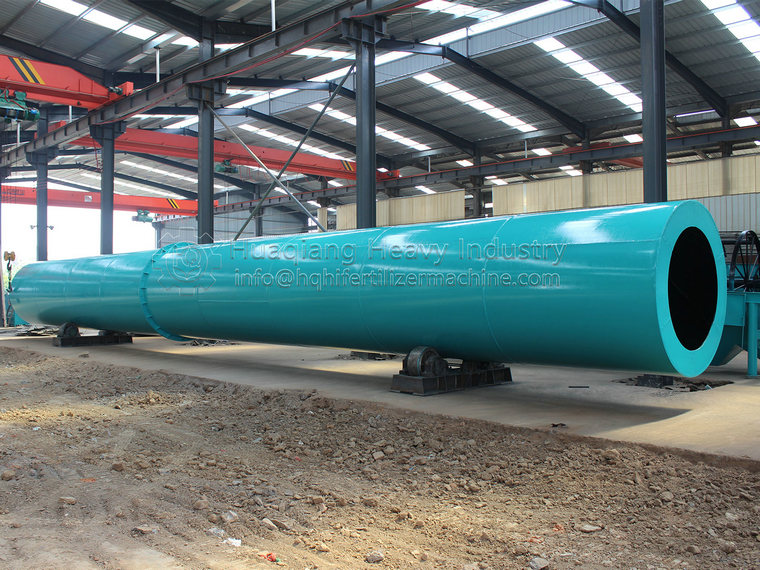The self-propelled composter is a Manure fermentation equipment developed based on dynamic composting. The earliest composting process is static composting, which is often converted into anaerobic fermentation due to insufficient oxygen supply, which will produce a large amount of hydrogen sulfide and other odor, and there is an explosion risk. Later, our company developed a new generation of Manure fermentation equipment, self-propelled fermentation composter, which can make full use of space, and the whole machine is solid; The vehicle body is flexible and can easily and conveniently lift the drum as a whole; Adopting advanced engineering machinery transmission technology to ensure no loss between energy conversions; Each component is connected to each other and can be adjusted separately; Under normal operation and attention to maintenance, using the machine is zero fault; Fully ferment the raw materials to quickly achieve the effect of no odor, no harmful bacteria such as Escherichia coli.
The self-propelled composting machine/self-propelled tipping machine has obvious advantages such as low investment, low energy consumption, fast composting, and high yield. The self-propelled Manure composter is an ideal equipment to use modern technology to transform agricultural wastes, stored feces and organic household garbage into high-quality biological Manure. Main features: It saves a lot of civil engineering and manpower and material engineering, making the scalability of fertilizer production more arbitrary and not limited by the site, allowing for multiple uses of one machine.
The self-propelled composter is the main machine of the complete set of equipment dedicated to the production of Manure. It adopts a four-wheel walking design, and can move forward, backward, and turn. It is operated by one person. When driving, the whole vehicle rides on the pre stacked strip Manure pile, and the rotating knife hung under the machine is used to remix, fluff, and move the raw materials of the fertilizer machine. After the vehicle passes, a new strip stack is formed, which can be operated either in the open field or in the workshop shed. A major technological breakthrough of this machine lies in the integration of the crushing function in the later stage of material fermentation. As the material gradually dehydrates, the knife equipped with a crushing device can effectively crush the plates formed during the fermentation process of the fertilizer. Not only does it save a crusher, but it also greatly improves the efficiency of crushing, reduces costs, and fundamentally solves the problem of limited production capacity of the crusher. Composting machines have significant effects compared to other types such as “tipping machines”, “mixers”, and “spiral stirring machines”. So one machine can be used for many purposes. It is not only a Manure dumper, but also a Manure grinder.
.jpg)
.jpg)



.jpg)

.jpg)
